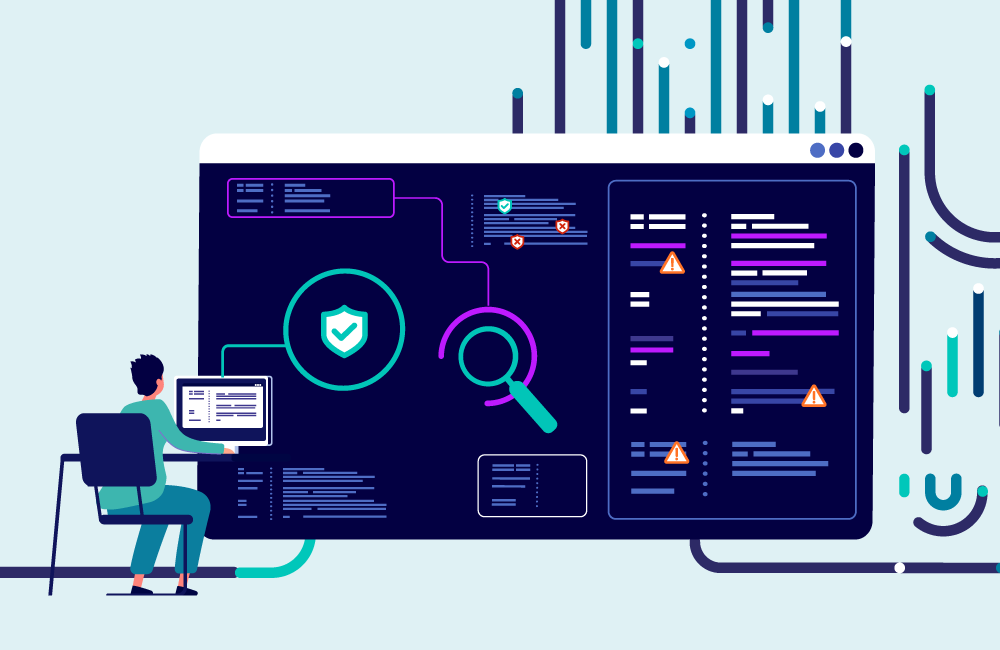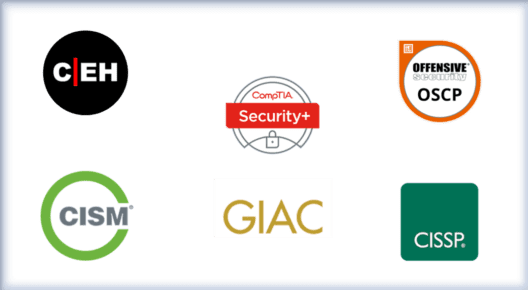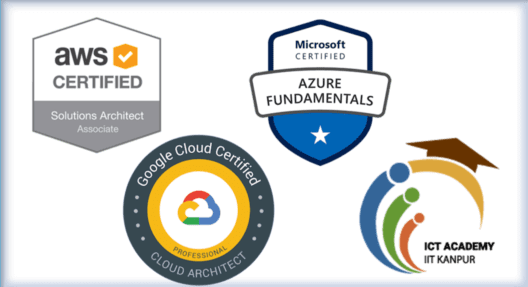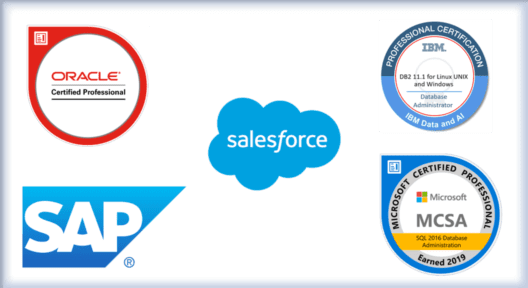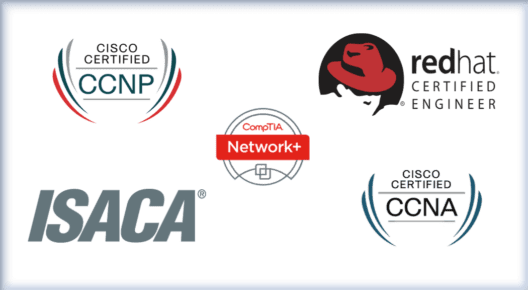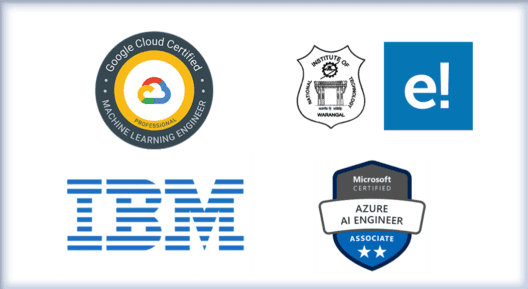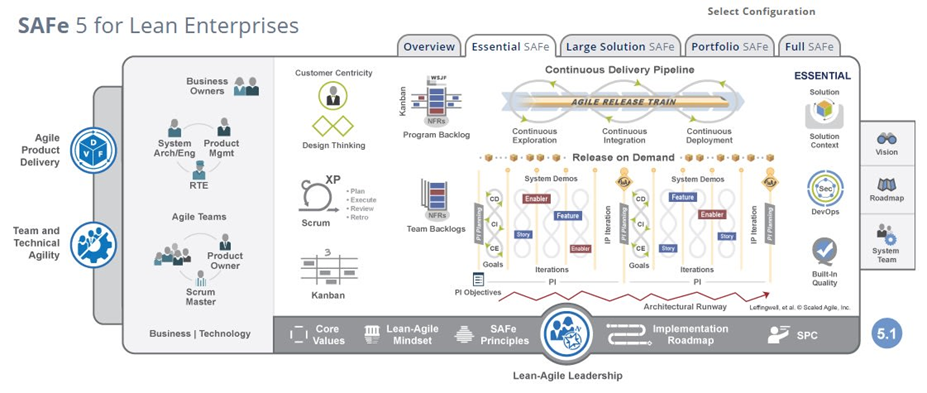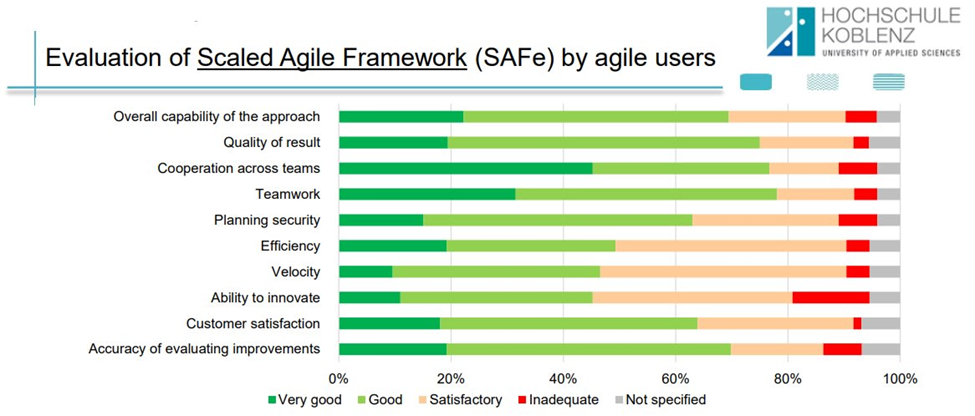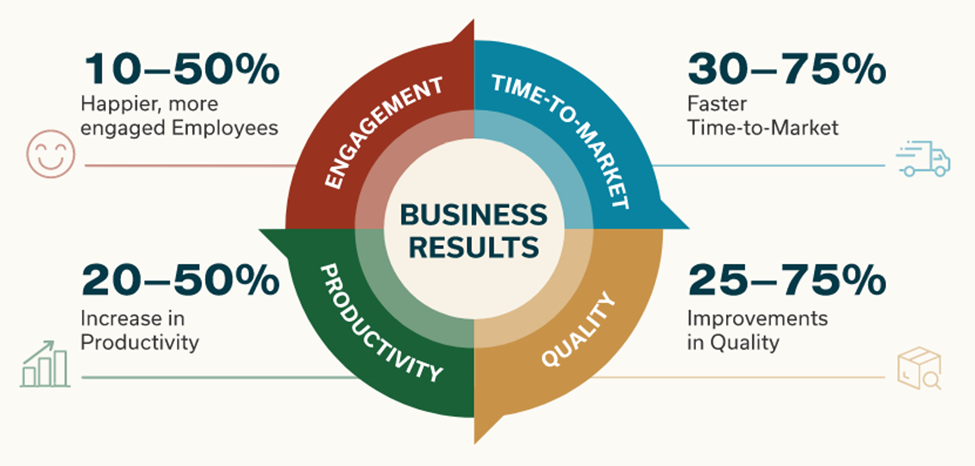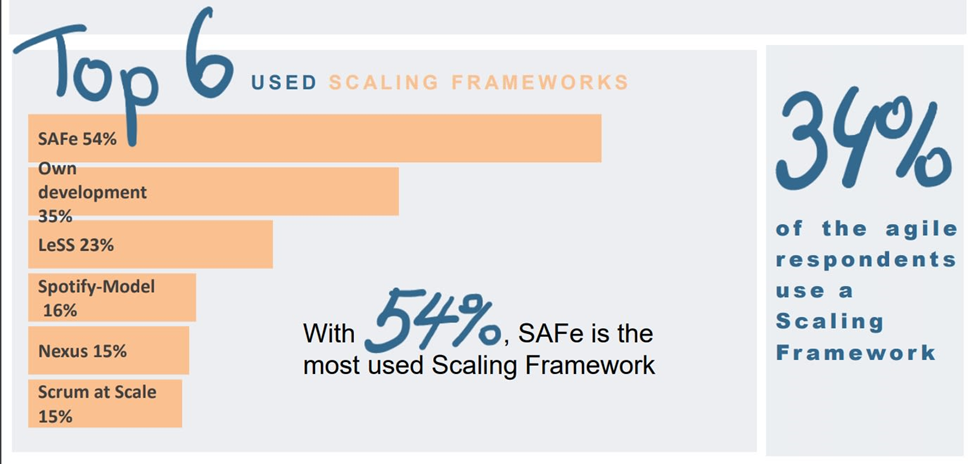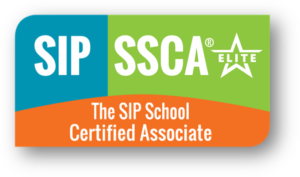
SQL Programming Certification, or SQL, is a programming language specifically designed for managing and manipulating databases. It is widely used in various industries, including finance, healthcare, and technology. Are you fascinated by the world of databases and data management? Do you have a knack for organising and retrieving information efficiently? If so, then SQL programming might be the perfect career path for you!
In this comprehensive guide, we will delve into the intricacies of SQL programming and certification, its benefits, the jobs you can get, and how to utilise your certification effectively. Alongside CourseMonster, we will explore your SQL programming certification and how it can help you rise above the rest.
The importance of SQL programming certification
In today’s competitive job market, having a certification in SQL programming can greatly enhance your career prospects. Employers are increasingly looking for candidates who possess a strong understanding of SQL and can effectively utilise it to analyse and extract valuable insights from complex databases.
Obtaining a SQL programming certification not only validates your skills but also demonstrates your commitment to professional development.
Benefits of SQL programming certification
There are numerous benefits to obtaining this certification. Firstly, it provides you with a solid foundation in SQL, allowing you to effectively navigate and manipulate databases. This knowledge is valued by employers, as it enables you to extract and analyse data efficiently, leading to better decision-making.
Secondly, an SQL programming certification enhances your credibility and marketability. It showcases your expertise and differentiates you from other candidates in the job market. With a certification, you can confidently showcase your skills to potential employers and stand out from the competition.
Furthermore, a SQL programming certification opens up a wide range of career opportunities. SQL is used in various industries, including finance, healthcare, and technology, meaning that certified SQL programmers are in high demand.
Whether you are interested in becoming a database administrator, a data analyst, or a software developer, a SQL programming certification can help you secure your dream job.
Job prospects for SQL programmers
The job prospects for these programmers are extremely promising. As more and more businesses rely on data-driven decision-making processes, the demand for professionals who can effectively manage and analyse data continues to grow. According to industry reports, the demand for SQL programmers is expected to increase significantly in the coming years.
SQL programmers are sought after in a wide range of industries, including banking, healthcare, e-commerce, and telecommunications.
With a SQL programming certification, you can explore career opportunities in database management, data analysis, business intelligence, and more. The possibilities are endless, and the job market is ripe with opportunities for certified SQL programmers.
How to obtain a SQL programming certification
Obtaining a SQL programming certification is a straightforward process that requires dedication and commitment. The first step is to choose a reputable certification programme that meets your learning needs. Several well-known organisations offer SQL programming certifications, such as Oracle, Microsoft, and CourseMonster.
Once you have selected a certification programme, you will need to prepare for the certification exam. This involves studying the programming concepts, practicing hands-on exercises, and familiarising yourself with the exam format.
Many certification programmes offer study materials, practice exams, and online resources to help you prepare for the exam.
After you feel confident in your knowledge and skills, you can schedule the certification exam. The exam typically consists of multiple-choice questions and practical exercises that assess your understanding of SQL programming concepts.
Upon successful completion of the exam, you will receive your certification, which you can proudly add to your professional portfolio.
Recommended SQL programming certification programmes
When it comes to SQL programmes, there are several reputable options to choose from. Here are three highly recommended certification programmes:
Oracle Certified Professional, MySQL 5.6 Database Administrator Certification
This certification programme is ideal for individuals interested in working with MySQL databases. It covers a wide range of topics, including database installation, configuration, and optimisation.
Microsoft Certified: Azure Database Administrator Associate
This certification programme focuses on SQL Server and Azure SQL Database administration. It is designed for professionals who want to specialise in managing databases on the Microsoft Azure platform.
CourseMonster’s SQL Programming Certification Course
CourseMonster offers a comprehensive SQL programming certification course that covers all the essential concepts and skills required to become a successful SQL programmer. The course includes hands-on exercises, real-world projects, and expert guidance to ensure your success.
How to leverage your SQL programming certification for career success
Once you have obtained your certification, it’s time to leverage it for career success. Here are some strategies to maximise the benefits of your certification:
- Update your resume and online profiles
Highlight your certification on your resume and LinkedIn profile. This will immediately grab the attention of potential employers and increase your chances of landing interviews.
- Showcase your projects
Create a portfolio of SQL programming projects that demonstrate your skills and expertise. This could include data analysis reports, database optimisation projects, or any other relevant work. Sharing your portfolio with potential employers can provide them with tangible evidence of your capabilities.
- Network with professionals in the field
Attend industry events, conferences, and meetups to connect with other SQL programmers and professionals. Building a strong professional network can open doors to new opportunities and collaborations.
- Continuously learn and upgrade your skills
SQL programming is a dynamic field, and it’s crucial to stay updated with the latest advancements. Take advantage of online courses, webinars, and workshops to enhance your skills and expand your knowledge.
By following these steps and putting in consistent effort, you can reach greater heights in your career with your SQL certification.
Conclusion
In conclusion, obtaining an SQL programming certification is a smart investment that can unlock numerous career opportunities. It validates your skills, enhances your credibility, and opens doors to exciting job prospects. By choosing a reputable certification programme, preparing effectively for the exam, and leveraging your certification for career success, you can pave the way for a rewarding career as a SQL programmer.
Don’t wait any longer. Take the first step towards your certification today and choose CourseMonster for all your IT training needs. With our comprehensive SQL Programming Certification Course, expert instructors, and flexible learning options, you can start your successful journey towards becoming a certified SQL programmer.
Here at CourseMonster, we know how hard it may be to find the right time and funds for training. Generally, we provide effective training programmes that enable you to select the training option that best meets the demands of your company.
For more information, please get in touch with one of our course advisers today or contact us at training@coursemonster.com






